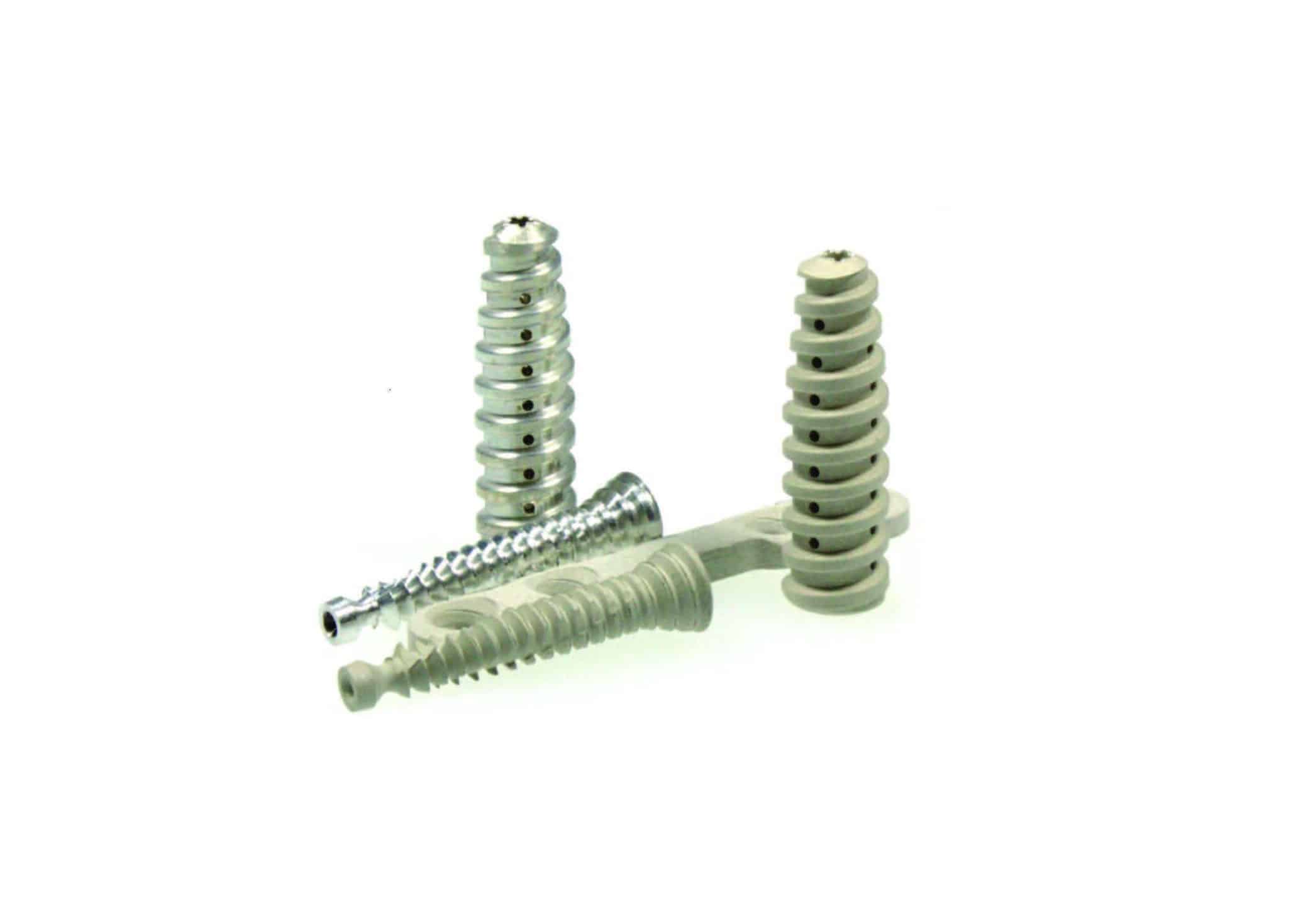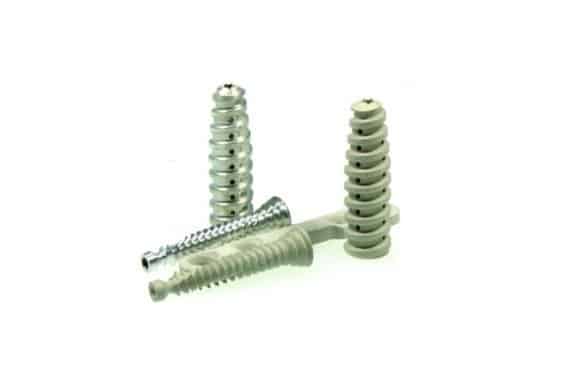Episode 8: Aachen engineers develop a specially coated magnesium implant that supports bone healing – and then dissolves.
Orthopaedic doctors regularly use plates or screws to stabilise bone fractures and promote healing. After about 12 to 18 months, there is usually then a follow-up operation to remove the impants. This is necessary, on the one hand, to prevent any danger of infection that may ensue from permanent implants, and, on the other hand, to avoid “stress shielding”, i.e. that the bone only regenerates itself enough to cope with the mechanical stress it is exposed to. If it is permanently shielded from stress by the implant, it changes its structure – and if the implant should break or the bone should fracture again, there may be major problems.
The engineers Florian Coppers and Kilian Reuß, two graduates of the RWTH Aachen University, have developed an implant made of magnesium and rare earths that turns completely into bone when the fracture has healed. This spares the patient a second operation with all its pains and other discomforts. The material is stable and resilient, but does not lead to stress shielding because it is only slightly more resilient than the bone itself. As an essential element of the human body, magnesium supports bone regrowth and reduced inflammation. But the main breathrough achieved by Coppers and Reuß and their team is the solution to a key problem that had evaded previous researchers: a novel, resistant oxide-ceramic coating that ensures that the implant does not dissolve too quickly, but only after the healing process has been fully completed.
Florian Coppers and Kilian Reuß are marketing their development through their start-up company “Medical Magnesium”. In addition to numerous other prizes, in May 2017 the engineering duo won third place in the renowned Rice Business Plan Competition in Houston, Texas, an award that comes with 700,000 dollars of funding.
And who invented it? Engineers of the start-up company “Medical Magnesium”. In Aachen, of course.




